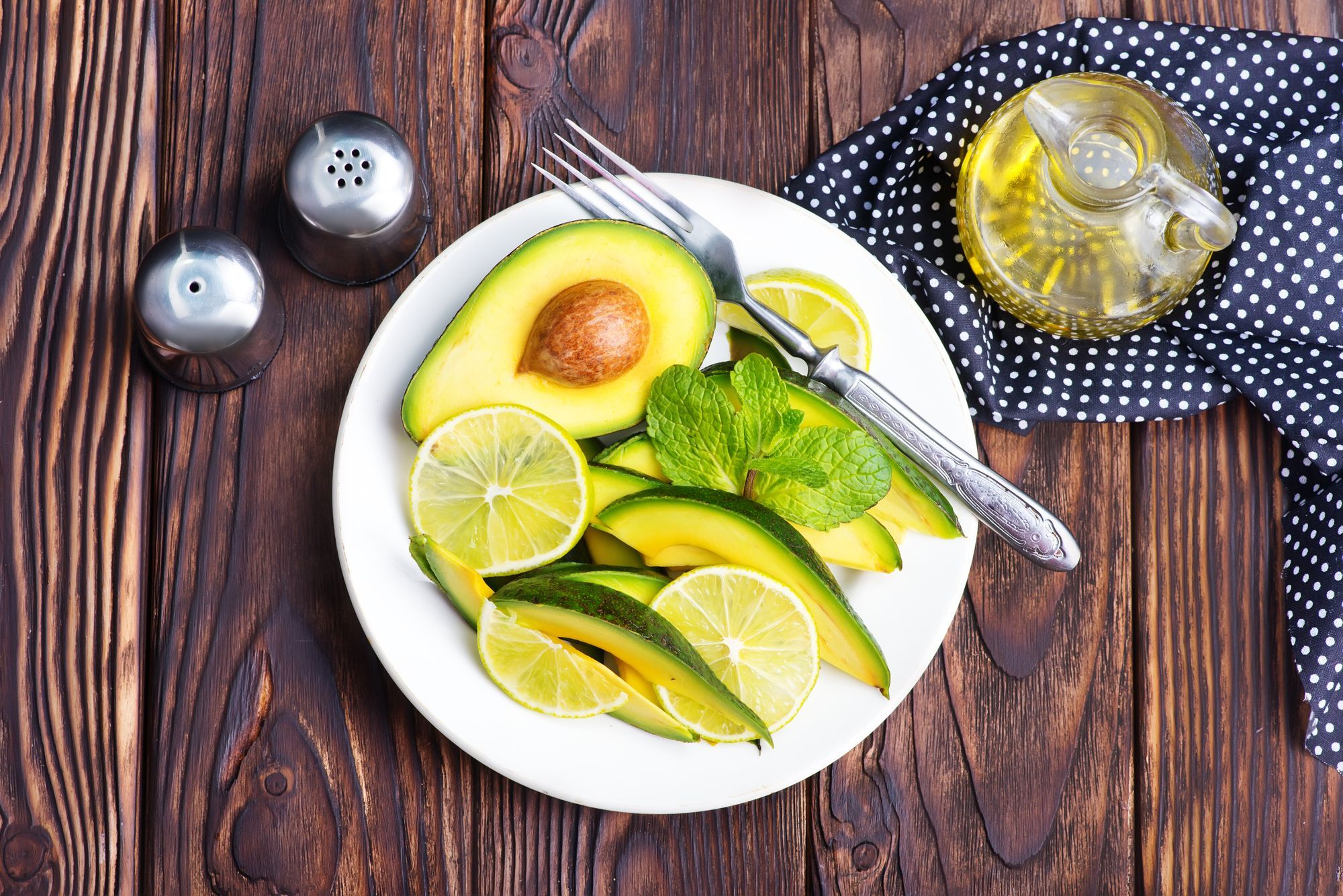When it comes to cooking, particularly for high-heat recipes, the type of oil you use matters. Not all oils are created equal, and they vary greatly in their health benefits, smoke points, and flavors. With an array of options available, making a choice can be daunting. In this article, you’ll discover what are the healthiest cooking oils you can use for your high-heat recipes, and why.
Understanding Fats and Healthy Oils
Before diving into our list, it’s essential to understand why oils play a significant role in your diet. Oils are types of fats, and not all fats are bad for your health. In fact, certain types, such as unsaturated fats, are beneficial and even necessary for the body.
Also to read : How to Tackle Allergies with Natural Remedies?
Fats are a primary energy source for the body and support cell growth. They also help protect organs, keep body temperature in check, and aid in nutrient absorption and hormone production. Moreover, fats contribute to the taste and texture of foods, making your meals more satisfying.
Unsaturated fats, found in plant-based oils, are considered healthy fats. These include monounsaturated and polyunsaturated fats, which can help reduce bad cholesterol levels and provide essential fatty acids that the body can’t produce on its own, like omega-3 and omega-6.
Additional reading : What’s the Impact of Social Media on Body Image and Self-Esteem?
However, not all oils retain their health benefits when exposed to high heat. This brings us to the concept of the smoke point.
The Importance of Smoke Points in Cooking Oils
The smoke point of an oil refers to the temperature at which the oil starts to smoke and break down. The smoke point is crucial because once an oil reaches it, the beneficial nutrients in the oil begin to degrade, and potentially harmful compounds may form.
When cooking at high heat, you should opt for oils with a high smoke point. Low-smoke point oils can also impart a bitter, burnt flavor to your food when exposed to high heat. To ensure your dishes are both delicious and healthy, choose oils that can stand up to the heat.
However, remember that the smoke point isn’t the sole factor to consider when selecting a cooking oil. The oil’s nutritional value, flavor, and how it complements the food are equally important.
Healthiest Oils for High-Heat Cooking
Among the vast selection of oils, a few stand out as healthier options for high-heat cooking due to their high smoke points, nutritional benefits, and flavor profiles.
Olive Oil
Olive oil, especially the extra-virgin variety, is a staple in many kitchens due to its rich flavor and numerous health benefits. It is high in monounsaturated fats and antioxidants, which can help fight inflammation and reduce the risk of heart disease.
While there’s a common misconception that olive oil isn’t suitable for high-heat cooking due to its lower smoke point, this isn’t entirely accurate. Extra-virgin olive oil has a moderately high smoke point (around 375-410°F), making it suitable for most high-heat cooking methods, including sautéing and roasting. However, for very high-heat methods like deep-frying, a different oil may be more appropriate.
Avocado Oil
Avocado oil is another excellent choice for high-heat cooking, boasting an incredibly high smoke point of 520°F. It’s packed with heart-healthy monounsaturated fats and vitamin E, an antioxidant that helps protect your body from oxidative stress.
The flavor of avocado oil is mild and slightly buttery, allowing it to blend well with a variety of ingredients. This makes it ideal for dishes where you don’t want the taste of the oil to overpower other flavors.
Canola Oil
Canola oil, a budget-friendly option, has a high smoke point of 400°F and a neutral flavor, making it versatile for numerous cooking methods. It’s high in monounsaturated fats and also contains omega-3 and omega-6 fatty acids.
While canola oil is often refined for a higher smoke point and longer shelf life, it’s worth noting that the refining process can strip away some nutrients. To get the maximum health benefits, opt for cold-pressed or unrefined canola oil.
Grapeseed Oil
Grapeseed oil is another oil well-suited for high-heat cooking, with a smoke point of 420°F. It’s rich in polyunsaturated fats and vitamin E. However, it’s higher in omega-6 fatty acids than omega-3, which isn’t ideal as a balanced ratio of these fatty acids is crucial for optimal health.
Grapeseed oil’s flavor is mild and slightly nutty, making it perfect for dishes that require a subtle taste.
Coconut Oil
Coconut oil has a relatively high smoke point of 350-375°F. While it’s high in saturated fat, the type of saturated fat in coconut oil (medium-chain triglycerides) is metabolized differently by the body and may have health benefits, such as helping with weight loss.
However, due to its robust, distinct flavor and high saturated fat content, it’s best to use coconut oil sparingly and in dishes that can benefit from its tropical taste.
A Word of Caution: Avoid Damaging Your Oils
Regardless of the oil you choose, it’s essential not to overheat it. If your oil starts smoking, it’s a clear sign that it’s too hot and has likely reached its smoke point. If this happens, quickly remove the oil from the heat and let it cool. Avoid reusing oils that have been overheated, as this can lead to the formation of harmful compounds.
Optimal cooking involves more than just choosing the right oil. It’s a balance of using the correct oil for the right cooking method and temperature, as well as pairing the oil’s flavor with the ingredients in your dish. By understanding the properties of various cooking oils, you can make informed choices that enhance both the taste and healthfulness of your meals.
Sesame Oil and Sunflower Oil: Hidden Gems for High-Heat
Sesame oil and sunflower oil are often overlooked in favor of more popular options, but they possess unique qualities that make them excellent choices for high-heat cooking.
Renowned for its nutty flavor and aromatic fragrance, sesame oil has a high smoke point of 410°F, making it ideal for stir-frying, sautéing, and grilling. While its distinctive taste may not be suitable for all dishes, it can elevate Asian cuisine and bring a new depth of flavor to your meals. Nutritionally, sesame oil is a good source of unsaturated fats and antioxidants. It also contains sesamol and sesamin, unique compounds known for their antioxidant and anti-inflammatory properties.
On the other hand, sunflower oil, with its high smoke point of 440°F, is perfect for deep-frying, roasting, and grilling. Its mild flavor allows it to blend seamlessly into the background, letting the flavors of your ingredients shine. Nutritionally, sunflower oil is rich in vitamin E and omega-6 fatty acids. However, due to its high omega-6 to omega-3 ratio, it’s best to use sunflower oil in moderation and combination with oils higher in omega-3 fatty acids to maintain a balanced intake.
Flaxseed Oil: A Specialty Oil Worth Mentioning
While flaxseed oil is not suitable for high-heat cooking due to its low smoke point, it’s worth mentioning because of its exceptional health benefits. Flaxseed oil is a rich source of alpha-linolenic acid (ALA), a type of omega-3 fatty acid that the body can’t produce on its own. Studies have shown that ALA can reduce the risk of heart disease, improve brain health, and fight inflammation.
However, because of its low smoke point, flaxseed oil should never be used for frying or sautéing. Instead, consider adding it to smoothies, salads, or other cold dishes to reap its benefits without risking the formation of harmful compounds.
Closing Thoughts on Healthiest Cooking Oils for High-Heat
To sum it up, different cooking oils have varying smoke points, nutritional profiles, and flavors that make them more or less suitable for high-heat cooking. Olive oil, avocado oil, canola oil, grapeseed oil, coconut oil, sesame oil, and sunflower oil are all fantastic choices for high-heat cooking due to their high smoke points and health benefits.
However, remember that no single oil can fulfill all your nutritional needs. A balanced diet should include a variety of healthy fats, so don’t be afraid to mix and match oils in your cooking.
Finally, always be cautious not to overheat your oils. If your oil starts smoking, remove it from heat immediately to prevent the formation of potentially harmful compounds.
By paying attention to the type of oil you use and the heat you cook at, you can ensure that your dishes are not only delicious but also packed with nutritional goodness. Happy cooking!











